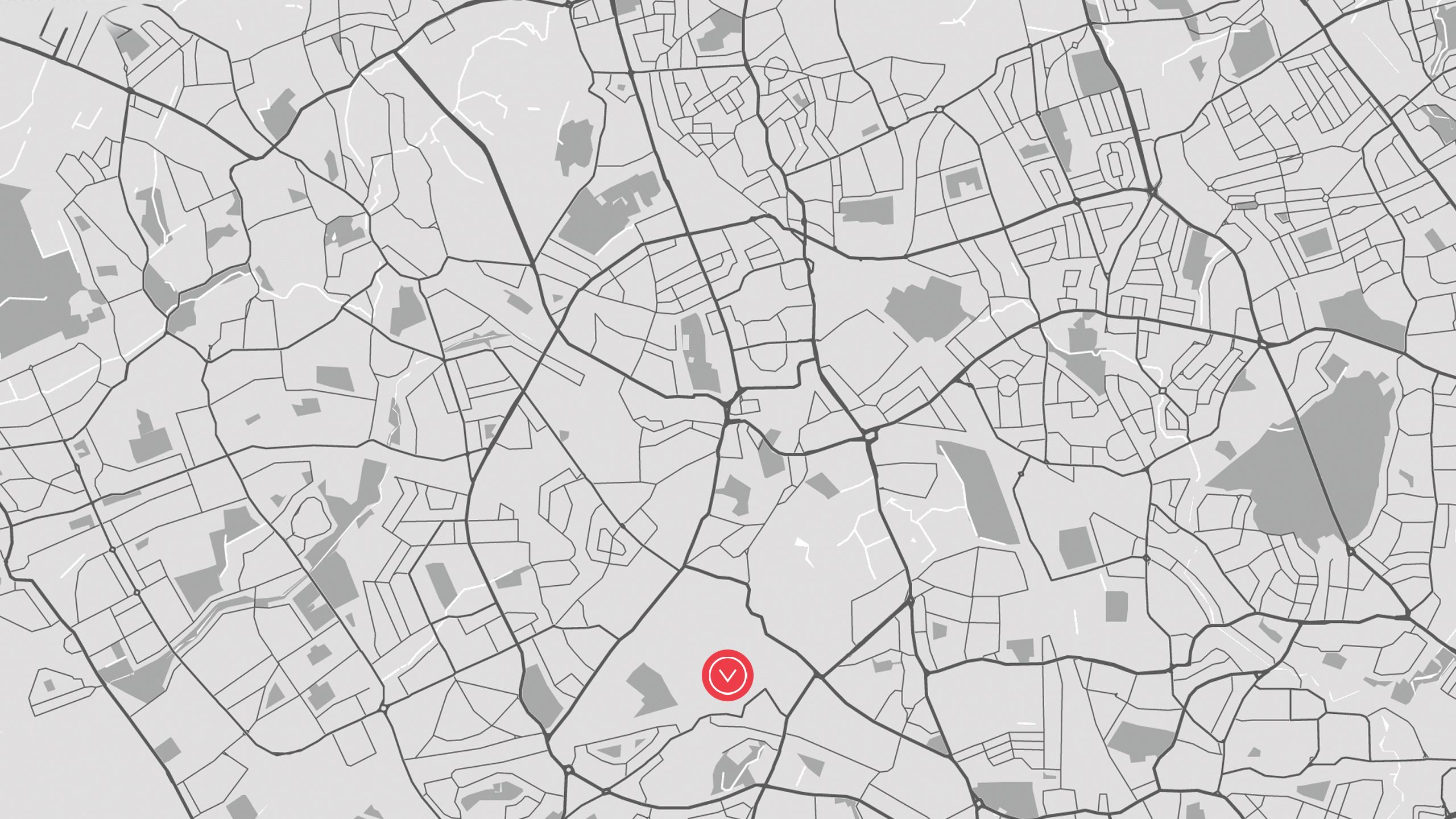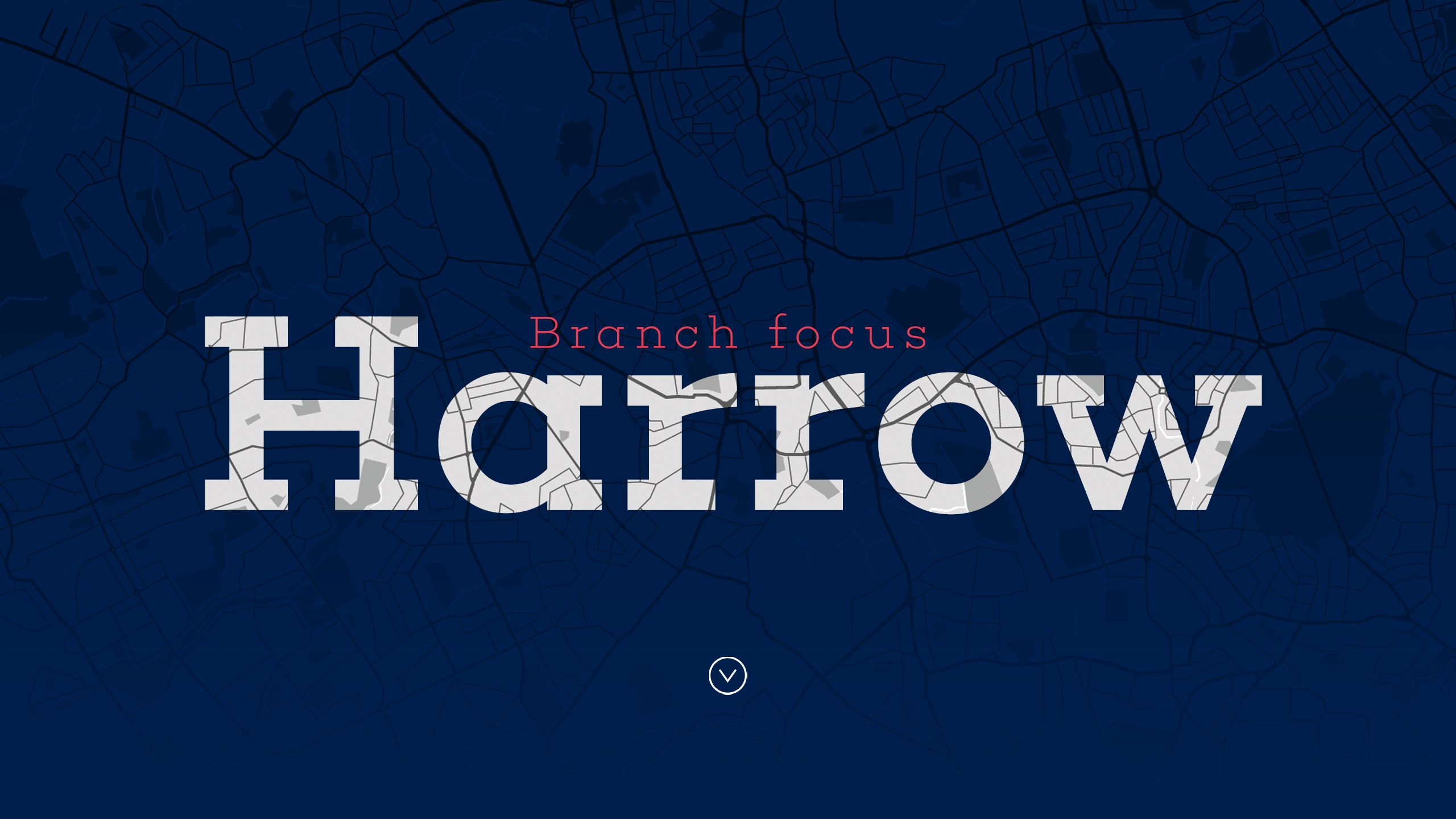



NAHT plays a vital role in supporting school leaders, providing both a collective voice at the highest levels of government and a lifeline through its grassroots branches, which are the true lifeblood of the union. In this feature, journalist Nic Paton explores the challenges of maintaining active local representation, the revitalisation of NAHT’s Harrow branch and future plans to strengthen member engagement and support.
It is well recognised that, even with the best team in the world to call on, being a head teacher or school leader can be something of a lonely business.
NAHT, with now some 50,000 members across England, Wales, Northern Ireland and the Crown Dependencies, provides a valuable union ‘family’ – a safe and supportive space for members to engage, network, communicate, learn and develop – as well as representing school leaders at all levels.
NAHT’s lobbying and advocacy, of course, open doors at the highest levels of politics and policymaking. But arguably, it is NAHT’s local, grassroots branch and regional network that is the union’s beating heart.
NAHT has 10 regions in England (typically aligned with local authority areas), covering all local authority and trust employers, including those in the Crown Dependencies. Alongside NAHT Cymru and NAHT Northern Ireland, they support an extensive network of branches, all working to channel, promote and amplify members’ voices on the ground.
Challenges in local representation

However, as Matt Bradley, head teacher at Newton Farm Nursery Infant and Junior School in Harrow, north London, points out, the workload and time constraints on head teachers can make it challenging to carve out the time and headspace needed for this vital local advocacy work.
“The pressures on the modern head teacher mean that it is not easy to give up time to do this sort of local organisational work,” he tells Leadership Focus.
“Unlike the main teaching unions, where there may be many more members available on the ground at any one time, with school leaders, there are only going to be so many. And that can mean branches end up becoming inactive.”
This is precisely what happened to NAHT’s Harrow branch, in that a once-active branch had, over the years, fallen into abeyance. Since early 2023, Matt, as branch secretary, and a newly reconstituted committee have together been working hard to rectify this, ensuring NAHT now has a much more proactive local presence within this area of north London.


Challenges in local representation
However, as Matt Bradley, head teacher at Newton Farm Nursery Infant and Junior School in Harrow, north London, points out, the workload and time constraints on head teachers can make it challenging to carve out the time and headspace needed for this vital local advocacy work.
“The pressures on the modern head teacher mean that it is not easy to give up time to do this sort of local organisational work,” he tells Leadership Focus.
“Unlike the main teaching unions, where there may be many more members available on the ground at any one time, with school leaders, there are only going to be so many. And that can mean branches end up becoming inactive.”
This is precisely what happened to NAHT’s Harrow branch, in that a once-active branch had, over the years, fallen into abeyance. Since early 2023, Matt, as branch secretary, and a newly reconstituted committee have together been working hard to rectify this, ensuring NAHT now has a much more proactive local presence within this area of north London.

Revitalising the Harrow branch
“Nationally, if anything, there is even more need now for school leaders to have good local representation. The pressures on school leaders, as we all know, are very significant and, especially with our accountability system, very high risk as well,” Matt says.
“I was very motivated to get involved with the branch again; it was around the time of the tragic death of head teacher Ruth Perry, and the lack of an active local branch to represent members came up at an area meeting. I had a background in union organising with the National Education Union, back when it was the National Union of Teachers (NUT), so local politics is something I have always been very passionate about. I put my hand up,” he adds.
PAUL WHITEMAN,
NAHT GENERAL SECRETARY
Revitalising and reviving local branches that have fallen off the radar is very much a priority for the union, agrees NAHT general secretary Paul Whiteman. “Ever since I was elected as general secretary in 2017, I have been really keen to remind everybody that the union belongs to its members,” he tells Leadership Focus.
“Now, that’s easy to say, but how do you bring that alive? How do we make sure that when I speak to ministers, I’m amplifying their voices; that I am amplifying the voice of the whole profession? It is by making sure our members have somewhere to speak and be heard at a local level. And that is through our branches.
“Since 2017, we’ve talked about growth, community and voice. Growth – because a union needs to be strong. Community – that is really just a modern way of talking about the local branch network, where our members can go, whether physically or online, to talk about work and feel that strength and mutual support around them,” Paul adds.
“So, making sure we reconstitute those branches and that members can feel the presence of their union locally are really, really important. It is about making sure our members feel that strength in mutual support and the power of collective endeavour. And you feel that through your local branch,” Paul adds.

Revitalising the Harrow branch
“Nationally, if anything, there is even more need now for school leaders to have good local representation. The pressures on school leaders, as we all know, are very significant and, especially with our accountability system, very high risk as well,” Matt says.
“I was very motivated to get involved with the branch again; it was around the time of the tragic death of head teacher Ruth Perry, and the lack of an active local branch to represent members came up at an area meeting. I had a background in union organising with the National Education Union, back when it was the National Union of Teachers (NUT), so local politics is something I have always been very passionate about. I put my hand up,” he adds.
PAUL WHITEMAN,
NAHT GENERAL SECRETARY
Revitalising and reviving local branches that have fallen off the radar is very much a priority for the union, agrees NAHT general secretary Paul Whiteman. “Ever since I was elected as general secretary in 2017, I have been really keen to remind everybody that the union belongs to its members,” he tells Leadership Focus.
“Now, that’s easy to say, but how do you bring that alive? How do we make sure that when I speak to ministers, I’m amplifying their voices; that I am amplifying the voice of the whole profession? It is by making sure our members have somewhere to speak and be heard at a local level. And that is through our branches.
“Since 2017, we’ve talked about growth, community and voice. Growth – because a union needs to be strong. Community – that is really just a modern way of talking about the local branch network, where our members can go, whether physically or online, to talk about work and feel that strength and mutual support around them,” Paul adds.
“So, making sure we reconstitute those branches and that members can feel the presence of their union locally are really, really important. It is about making sure our members feel that strength in mutual support and the power of collective endeavour. And you feel that through your local branch,” Paul adds.



Membership:
50,000
NAHT provides a strong union network supporting school leaders across England, Wales, Northern Ireland and the Crown Dependencies.

National and regional structure:
12
NAHT operates a widespread branch network to amplify and support members’ voices at a local level, ensuring strong representation and advocacy.

Harrow branch:
200
With some 200 members, including 150 active school leaders, NAHT’s Harrow branch is led by an executive committee, including a president, branch treasurer and other key roles.
Future goals and how to get involved
In the case of Harrow, the branch now has some 200 members, around 150 of whom are active school leaders. There is an executive committee with a president, branch treasurer and other committee members.
The branch is currently working to establish a ‘Harrow Covenant’, much along the lines of the ‘Caversham Covenant’, named after Ruth Perry’s Caversham Primary (which you can read more about in the April 2024 issue of Leadership Focus). “It is about working with the local authority to put in place tangible support for school leaders within Harrow,” Matt explains. The branch is also working to achieve equalisation between inner and outer London pay.
“We have schools in Harrow where you can look out of the window and see a school in your eyeline where they are offering teachers £5,000 extra a year to do exactly the same job. As you can imagine, recruiting in that environment can be very, very difficult,” Matt says.
“We’ve engaged with our local members of parliament (MPs) and even managed to meet with Bridget Phillipson, secretary of state for education, to talk about that. MPs from all parties are very supportive of this, and if we can get other London boroughs interested in it, it could be a campaign that really takes off,” he adds.
The branch aligns some of its meetings with the termly Harrow Heads’ seminars, holding NAHT meetings directly after the head teachers’ seminar concludes. There are also plans to hold one virtual meeting annually to ensure that those unable to attend the in-person meetings still have a chance to have a say.
“The branch became inactive because there were not enough opportunities for members to participate. So, the whole point now is to make sure we don’t have that situation coming up again,” Matt emphasises.
“It can be difficult sometimes knowing where to start. My experience within the NUT – I was my local branch president for years – helped a lot. But union mechanisms can be convoluted,” he cautions, adding that he’d be happy to pass on his knowledge and experience to any other members keen to follow his example.
“Speak to your local organiser, and they will help. So, the first thing is to find out who your local organiser is and reach out to them,” Matt advises in conclusion.
Any members wishing to contact Matt Bradley can do so at matt.bradley@nahtofficials.org.uk










Future goals and how to get involved
In the case of Harrow, the branch now has some 200 members, around 150 of whom are active school leaders. There is an executive committee with a president, branch treasurer and other committee members.
The branch is currently working to establish a ‘Harrow Covenant’, much along the lines of the ‘Caversham Covenant’, named after Ruth Perry’s Caversham Primary (which you can read more about in the April 2024 issue of Leadership Focus). “It is about working with the local authority to put in place tangible support for school leaders within Harrow,” Matt explains. The branch is also working to achieve equalisation between inner and outer London pay.
“We’ve engaged with our local members of parliament (MPs) and even managed to meet with Bridget Phillipson, secretary of state for education, to talk about that. MPs from all parties are very supportive of this, and if we can get other London boroughs interested in it, it could be a campaign that really takes off,” he adds.
The branch aligns some of its meetings with the termly Harrow Heads’ seminars, holding NAHT meetings directly after the head teachers’ seminar concludes. There are also plans to hold one virtual meeting annually to ensure that those unable to attend the in-person meetings still have a chance to have a say.
“The branch became inactive because there were not enough opportunities for members to participate. So, the whole point now is to make sure we don’t have that situation coming up again,” Matt emphasises.
“It can be difficult sometimes knowing where to start. My experience within the NUT – I was my local branch president for years – helped a lot. But union mechanisms can be convoluted,” he cautions, adding that he’d be happy to pass on his knowledge and experience to any other members keen to follow his example.
“Speak to your local organiser, and they will help. So, the first thing is to find out who your local organiser is and reach out to them,” Matt advises in conclusion.
Any members wishing to contact Matt Bradley can do so at matt.bradley@nahtofficials.org.uk



